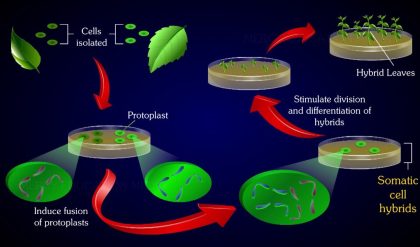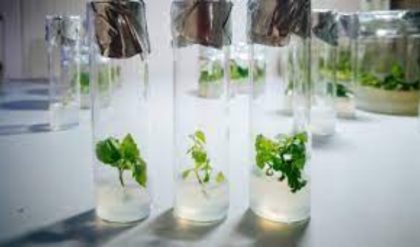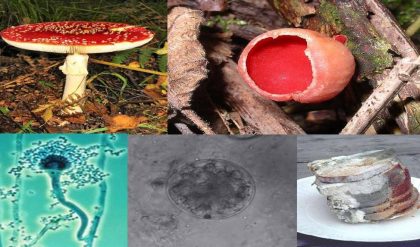Safety in a microbiology laboratory is important in the prevention of infection as Microbiology laboratory cultures, manipulates, and uses virulent and/or potentially pathogenic microorganisms. In addition to microorganisms, there are some chemicals used in this laboratory that are potentially harmful. Many procedures involve glassware, open flames, and sharp objects that can cause trauma/ damage if used improperly.
General Safety Rules and Procedures
1. The laboratory procedures must be read prior to attending that laboratory session.
2. Smoking, eating, and drinking in the laboratory are absolutely prohibited in the laboratory at any time.
3. Only closed-toe shoes are to be worn in the laboratory. Sandals or open toed or canvas shoes are not permitted because of the constant danger of cuts and infections from broken glass found on the lab floors and the possibility of chemical spills.
4. Keep hands and other objects away from your face, nose, eyes, ears, and mouth. The application of cosmetics in the laboratory is prohibited in the laboratory
5. Work areas/surfaces must be disinfected before and after use.
6. Laboratory coats must be worn and buttoned while in the laboratory. Laboratory coats should not be worn outside the laboratory.
7. Protective eyewear must be worn when performing any exercise or procedure in the laboratory.
8. Long hair should be secured behind your head to minimize fire hazard or contamination of experiments.
9. Hands must be washed before leaving the laboratory.
10.Upon entering the laboratory, coats, books, and other paraphernalia e.g. purses, briefcases etc should be placed in specified locations and never on bench tops (except for your lab manual).
11.Never pipette anything by mouth (including water). Always use pipetting devices.
12.Label all materials with your name, date, and any other applicable information (e.g., media,organism, etc.).
13.Dispose of wastes in their proper containers (see Biohazard Waste Disposal below).
14.When handling chemicals, note the hazard code on the bottle and take the appropriate precautions indicated.
15.Do not pour chemicals down the sink.
16.Return all chemicals, reagents, cultures, and glassware to their appropriate places.
17.Do not pour biohazardous fluids down the sink.
18.Glassware should be washed with soap and water, then rinsed with distilled water.
19.Flame transfer loops, wires, or needles before and immediately after use to transfer biological material.
20.Do not walk about the laboratory with transfer loops, wires, needles, or pipettes containing infectious material.
21.Be careful around Bunsen burners. Flames cannot always been seen.
22.Turn off incinerators before leaving the laboratory.
23.Report any broken equipment, immediately, report any broken glass, especially those containing infectious materials.
24.If you are injured in the laboratory, immediately contact your course instructor or TA.
25.Spills, cuts and other accidents should be reported to the instructor or TA in case further treatment is necessary.
26.Familiarize yourself with safety equipment in the laboratory and emergency escape routes.
27.Always wipe and clean the lenses of your microscope before putting it away. Use the appropriate tissue paper and cleaning solution for this purpose.
28.Use appropriate universal precautions with all biological fluids.
29.Do not remove any materials from the laboratory without the written permission of the course instructor or TA.





